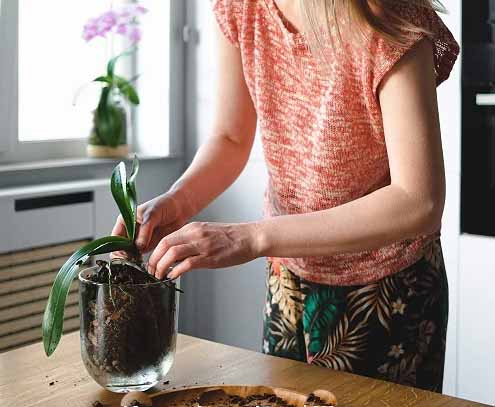These Orchid Care Tips will ensure you get the best flowers from the plant all year round while keeping it thriving in every season!
Orchids have long been the flag bearers of exotic beauty in the plant world, captivating gardeners and flower enthusiasts worldwide. But have you ever wondered what it takes to keep these exquisite flowers thriving? Read these Orchid Care Tips to find out!
Check out the best orchid tattoos, along with their meaning here
Orchid Care Tips
1. Choose the Right Orchid
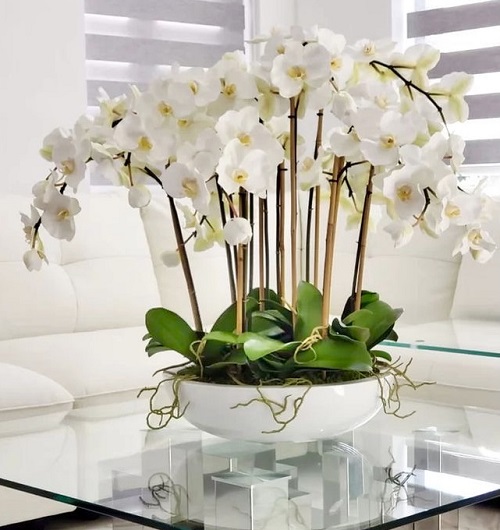
Start with beginner-friendly orchid varieties like Phalaenopsis (moth orchids) or Dendrobiums. These are more forgiving and adaptable to indoor conditions.
Orchid Leaves Splitting | 4 Major Reasons and Solutions
2. Little Sun More Shade
Orchids need bright, indirect light to thrive well and bloom best! Place them near an east or north-facing window to provide the appropriate light levels.
If you have a west or south-facing window, ensure the orchids are positioned a few feet away to avoid direct sunlight, as direct sun can scorch their leaves.
Do Orchids Need Sunlight | How to Grow Orchids Without Sun
3. Water When Needed
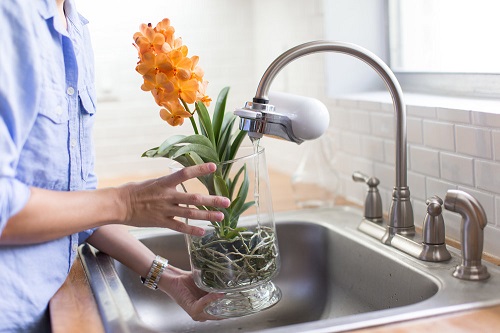
Orchids should be watered sparingly but always thoroughly. Allow excess water to drain freely, and then wait for the next time until the orchid medium approaches dryness.
Use a watering can to soak the roots, but avoid the leaves. Drenched foliage can lead to rot. Room-temperature tap water is fine, but make sure it’s chlorine-free. If in doubt, let it sit overnight to let the chlorine evaporate.
4. Do Care About the Humidity!
Aim for 50-70%—if you’re below that, it’s time to take action. Place a tray of water with pebbles beneath your orchid pot, or keep a container at the side of it. Also, a light morning mist can do the trick, but avoid drenching those leaves. Using a humidifier will also be a good idea.
Also, remember to keep your orchids away from air vents and heaters. Dry air is a no-go.
A Tip: Get a humidity meter to keep the right track. It will also be useful for the other plants in your collection!
Best Types of Blue Orchids | Blue Orchid Meaning
5. Go for the Right Potting Mix
Never use a regular potting mix or garden soil for this flowering houseplant. Instead, get an orchid mix from a nearby plant shop. To make your own, go for an equal blend of bark, coco coir, and sphagnum moss. You can also throw in some perlite and charcoal to the mix.
If you are using only wood chips, then remember:
- Wet wood chips can encourage rot because they take time to dry up if you have mistakenly overwatered them.
- Tiny chips can compact over time, making it harder for your orchid to breathe.
6. Keep them in a Correct Temperature Range
Most orchids prefer daytime temperatures between 65-80°F (18-27°C) and slightly cooler temperatures at night. Avoid extreme temperature fluctuations.
Do not let the temperature drop below 50-55°F or 10-12.8°C.
Use Lemon Juice for Orchids & These 7 Miracles will Happen
7. Fertilizing is Important!
Feed orchids with a balanced, water-soluble orchid fertilizer (20-20-20) at half strength every 2-4 weeks during the growing season (spring to autumn). Reduce or stop feeding during the dormant period.
Pro Tip: Once in a couple of months, flush your orchids with running water to remove excess salts.
8. Trim Up the Spent Blooms
Trim spent flower spikes just above a node to encourage re-blooming. Cut damaged leaves from time to time too, or whenever you spot them, to maintain plant’s health.
36 Orchid Tattoo Meaning and Ideas
9. Keep Nasty Pests Away
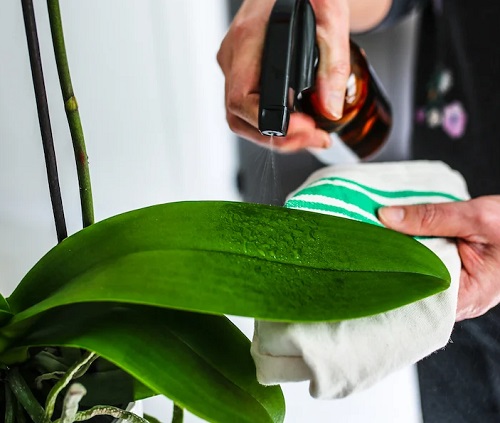
Regularly inspect your orchid for signs of pests (e.g., aphids, mealybugs) and diseases (e.g., fungal infections). Isolate infected plants and treat them promptly.
10. Go for the Right Size and Type of Container
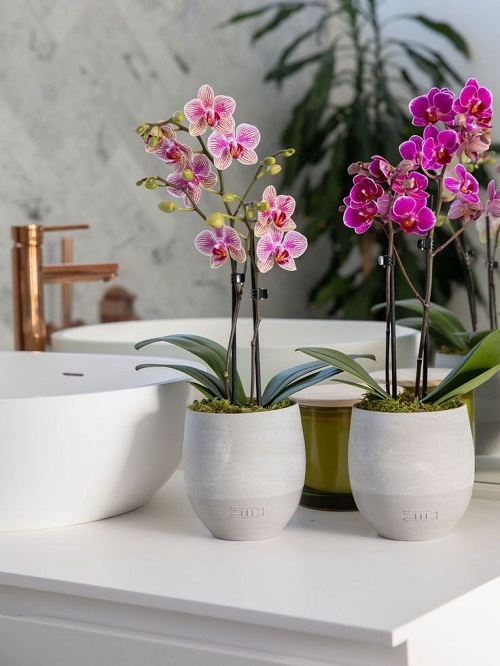
The pot size should be large enough to accommodate the orchid’s roots and must have drainage holes. A good rule of thumb is to choose a container that is 1-2 inches larger in diameter than the current one.



